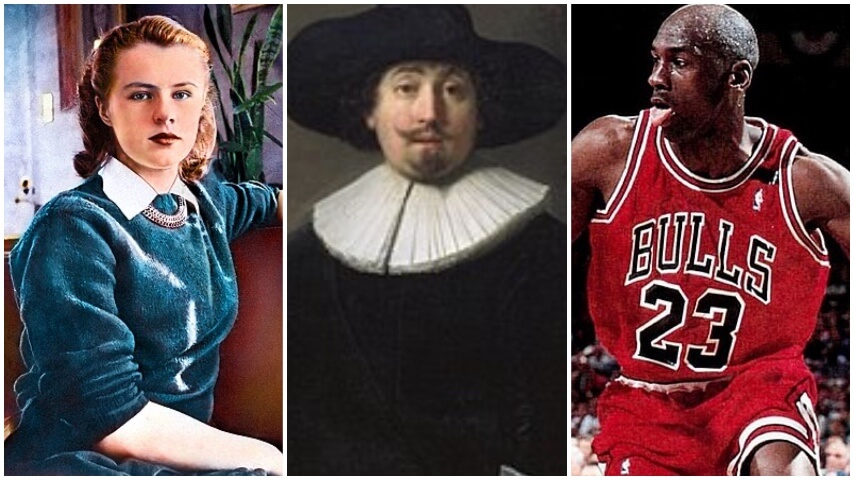In March of 1990, two thieves stole 13 pieces of art from the Isabella Stewart Gardner Museum in Boston. The pieces were worth hundreds of millions of dollars, making it the largest art theft in history. And yet, the crime seems to have been carried out by buffoons. Paintings were taken off the walls but left propped up nearby; screws were loosened from display cases before the thieves simply gave up and moved on, possibly deeming the security measures too difficult to subvert. But the most egregious thing they did, the thing that has made this theft so infamous, is the way the thieves used a knife to roughly cut several paintings from their frames. If greed was the motivating factor for the heist, wouldn’t they want to preserve the value of the art? And if greed wasn’t the motivating factor, then what was? Nearly 35 years later, we still don’t have any answers. [Jen Lennon]

